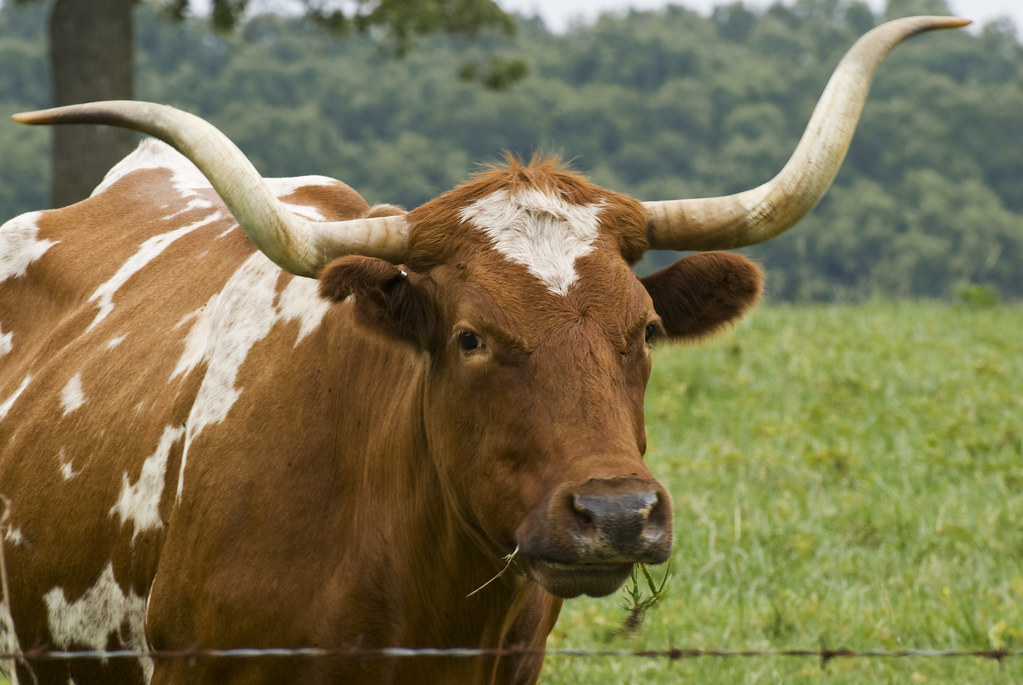We just released a new report on the potential benefits of adoption soil health practices in the U.S., and the conclusions are pretty exciting! You can read a brief overview, the executive summary, and the full paper at http://nature.org/soil. Much of the analysis was done by consultants we worked with, but I provided lots of scientific guidance and review throughout the process.
The web page has a good summary of some of the key points, but to put it even more succinctly, we argue that the adoption of three soil health practices (no-till, cover crops, and crop rotations) on U.S. row crops could have massive benefits both to society (e.g. improved water quality, reduced GHGs) and to the farmers implementing them (reduced soil erosion, improved soil quality and resilience).
For instance, if half of the farmland used to grow corn, soy, and wheat were to adopt all three practices, it could generate $7.4 billion in total benefits, and if all the farmland for those three crops adopted them it could be $19.6 billion (note that it's not double because some farms already use some of these practices). If you take the more optimistic upper range of our estimates, total societal benefit for 100% adoption of all three practices could be $49.8 billion. A lot of the science is uncertain, so these estimates are rough but we drew on the best available data to come up with them, and we are confident that the magnitude of the opportunity is valid even if the exact numbers are off.
This blog mostly summarizes useful science I read, and promotes my own research. Content posted here is my own and does not reflect the opinions of my employer or anyone else. I tweet at @sciencejon and my bio is at http://fish.freeshell.org/bio.html
Wednesday, November 9, 2016
Tuesday, November 8, 2016
U.S. Beef Supply Chain - Impacts and Opportunities
Surprisingly, there are very few assessments of the overall environmental impact of beef across the supply chain (looking at all phases of their life). The only ones we've found have a clear bias either favoring industrial systems or grass-finished systems. So, The Nature Conservancy decided to fill that gap with a rapid assessment.
We looked at major impacts and opportunities to improve for each of the different production phases: ranch and farm grazing (cow-calf ranches, stockers, backgrounders, etc., when they're roaming about and grazing), feed production (growing hay / silage and row crops to be fed to cattle), feedlots (operation of the feedlot where they're fattened not including growing the feed), and harvest facilities (slaughterhouses).
 |
| Longhorn in Southwest Missouri from Flickr user Jeff Weese. https://www.flickr.com/photos/jeffweese/3896957110/. Used under Creative Commons license (https://creativecommons.org/licenses/by/2.0/) |
You can read a bit about the report and our major findings here:
The report can be directly downloaded here:
The most interesting / surprising finding to me was that the grazing phase actually had the biggest impact. The key is that while it's fairly low impact per acre, it's by far both the largest footprint and where cattle spend the most time. So put together we actually see more greenhouse gas emissions, water quality impacts, and wildlife habitat impacts from that grazing phase.
A couple of key notes: Walmart provided funding for this report but had no editorial control or input into the content of the paper. Also, this was a rapid assessment (it took place over 6 months in between other work) by a small team of four scientists, so we do not have all the answers. Some critical issues we didn't have time to assess include impacts of dairy cattle, a comparison of the impact of beef to other protein sources (vegetable and animal), animal welfare and social issues, and the return on investment of different sustainability options (e.g. what would provide the most benefit per dollar spent). That's all important but was too much for us to tackle.
Finally, I occasionally have people ask me "Why should I trust you (as a vegan, or as an environmentalist) to give me accurate information about livestock and agriculture?" My answer is usually the same, which is that I encourage people not to simply trust me: instead look at the work, check my assumptions / calculations / sources, and come to your own decision about whether or not the analysis has merit. My job is to be as honest, accurate, and transparent as possible to make that process easy. Along those lines, I'm happy to take questions / critiques here.
Subscribe to:
Posts (Atom)
